By Liz Jenkins
Photography by Alyssa Rosenheck and DIY Playbook
When most people see open shelving in a home, they see one of two things: an opportunity for a beautifully styled display, or a dumping ground just waiting to become a vortex of chaos.
As an organizer, I see both of those things on a daily basis. I also look past what may already be there, and see a space that can make your life a bit more efficient– while also adding style and flavor to your home. Open shelving can be both beautiful and functional, but it takes some forethought and intentionality.
In any professionally styled home, open shelving may be filled with strategically placed art, memorabilia, or photos. This can be lovely, but what if just one room over, your kitchen cabinets are overflowing due to a shortage of space? Or, what if you keep having to go elsewhere to get things you actually want to use in that room?
Utilizing open shelving as a storage area doesn’t mean sacrificing style or personality. In fact, some of the best displays use both personal items and storage option to create an organic, useful—and well-styled—open shelving area.
Storage opportunities abound
Haphazardly placing items on your open shelving will not only frustrate you when you try to find things; it’ll also look messy. And a lack of thought behind what is actually going on those shelves can be lead to even more frustration!
In order to make open shelving work as a storage area as well as function properly from a decorative standpoint, it’s vital to think about what you need from the area. Where in your home is your open shelving located and what items will best serve that room or area?
If your shelves are in the dining room, consider storing your fine china or dining linens there. In the kitchen, using decorative baskets to hold extra items such as bulk spices, table decor or small appliances on open shelves can free up your cabinet space. In a living room or open play area, bins on a low shelf can hold children’s toys or electronics.
Always consider what items you use most frequently in a particular space, and store those items closest to where you’ll need them. Pro tip: Use a bin for only one category of items, and don’t mix in other categories. For example, dedicate one bin or basket to candles, matches, and wick trimmers. However tempting it may be, don’t toss in other random items to this new “candle supplies” basket—that will only invite disorganization.
Style and function: Yes, it’s possible
Once you’ve decided what to store on your open shelves, it’s time to curate the storage containers you’ll use. Measure the size of your shelves, and take photos of the items you need to store before heading to the store. Does your shelving area get dusty? Find a container with a lid to protect the contents. Do you need to access the contents often? Forego the lid, and instead find something that will be easy to reach into.
Of course, it’s also important to consider your style. When shopping for storage containers, don’t purchase the first item you see. Shop around to find something that will not only hold the items you need it to, but be aesthetically pleasing in your home. Does your home have a rustic feel? Think about using wooden crates or wicker baskets. More modern? Look for simple containers with clean lines that will mirror the rest of your home’s decor.
When looking for storage containers, don’t be afraid to think outside of the (literal) box. Nearly anything can be used as decorative storage. A vintage cigar humidor is a beautiful hiding place for small items, and even a leather satchel can serve as a storage container for your open shelving. Don’t limit yourself to only baskets, boxes, and bins. Infuse your personality and decorative interests into this area, just like you would the rest of your home.
When styling your shelves, visual variety but large walls that are completely full of bins tend to be visually overwhelming, so insert your own creativity and mix bins with unique decorative items. If you must place bins in a large cluster or row, use the top or bottom shelf to create a visual anchor for the space, and use bins that are all the same style, size, and color on that single shelf. It’s fine to have variety on other shelves, but large clusters should be uniform in appearance.
Making your home work for your life and your style
With a bit of planning and intentional thought, open shelving doesn’t have to be just a place for items (intentionally placed or otherwise!) to collect dust anymore. Gone are the days where you must choose either fashion or function in your home—with a bit of planning, you can have both.
For more help contact A Fresh Space to help create order out of chaos so you can enjoy your life and your space.
Bathroom design by Jason Arnold Interiors
About the author: Liz Jenkins
Liz Jenkins is the owner of A Fresh Space and a Certified Professional Organizer. Her team of organizers has been streamlining homes and small businesses, and helping people move and get unpacked in an organized fashion, in the Nashville area since 2005. Creating curated and beautiful spaces that actually function for real people leading real lives. Liz and her team help people achieve their goals of being more productive and actually loving their homes or offices again. Her degrees are in Psychology and Special Education, and she is a member of the National Association of Productivity and Organizing Professionals. Liz has spoken nationally at industry conferences and events, and consults and educates organizers from around the country. Liz has been featured in countless publications such as Rachael Ray, Pottery Barn, Working Mother and Good Housekeeping, as well as the TV show, Hoarders. Liz lives in Franklin with her husband, daughter, chocolate lab, four rescue cats, six chickens, and her label maker.
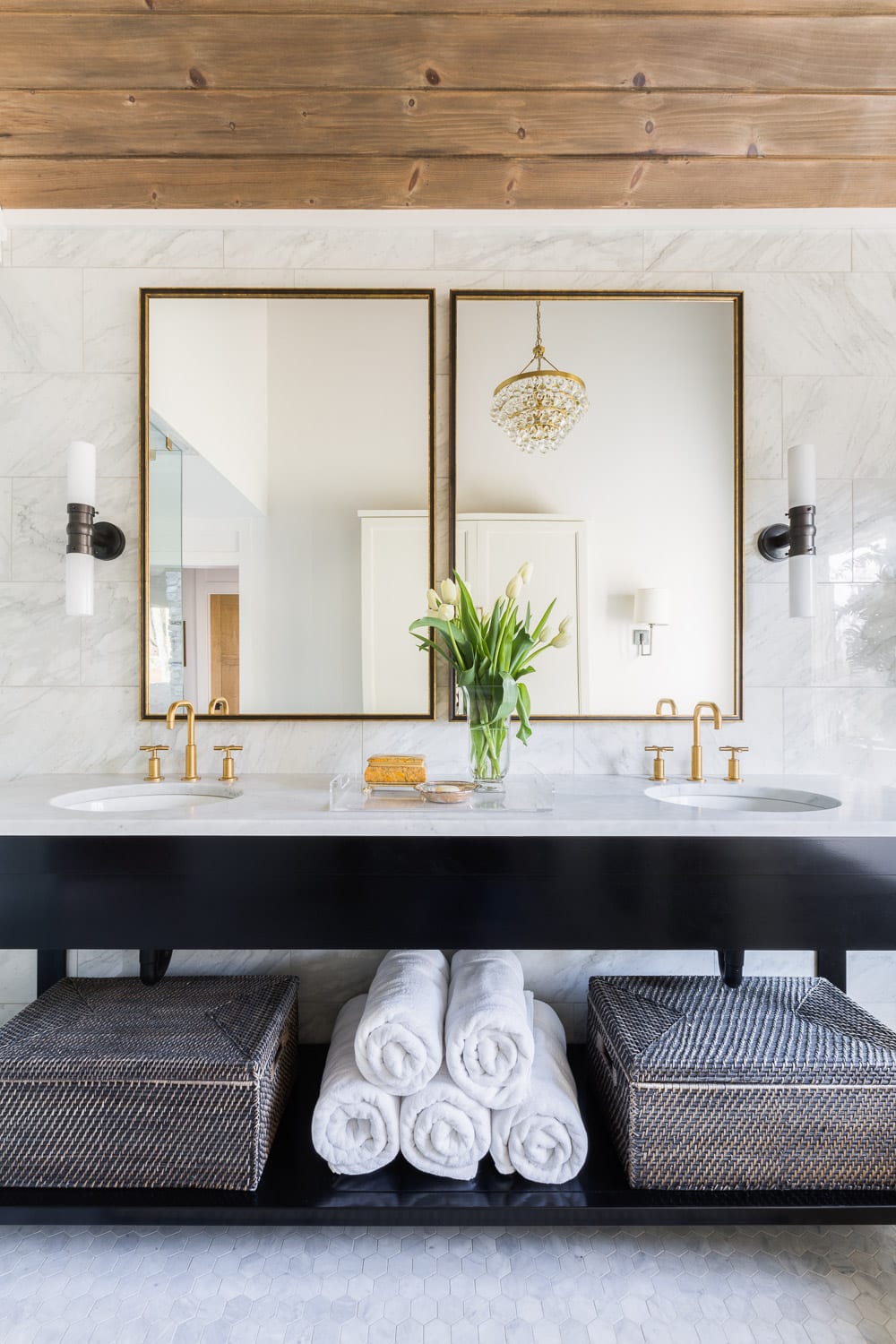

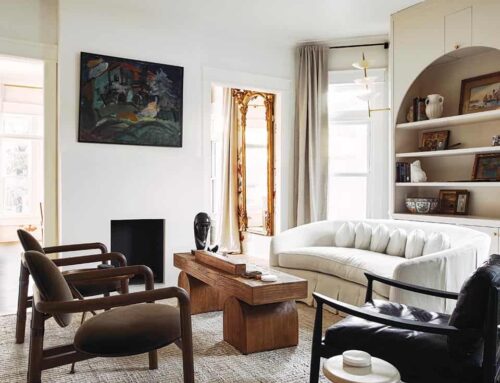
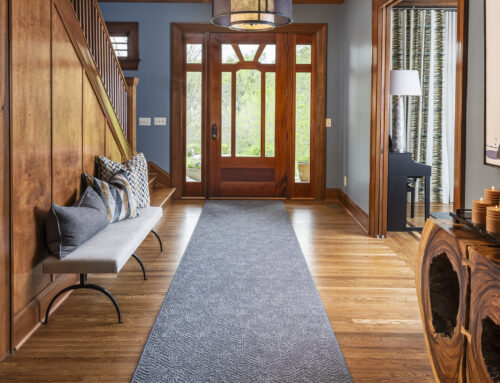
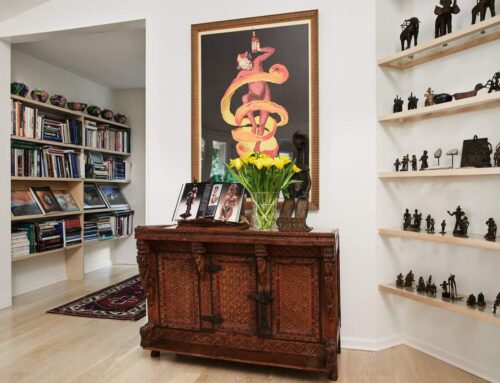

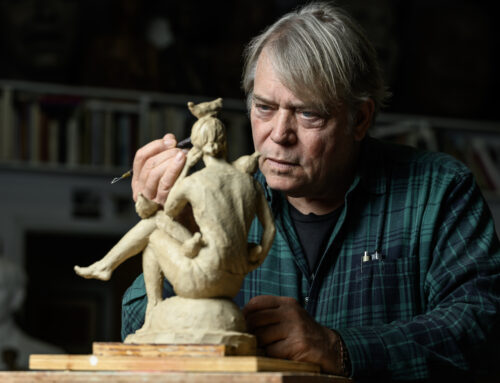
Leave A Comment
You must be logged in to post a comment.